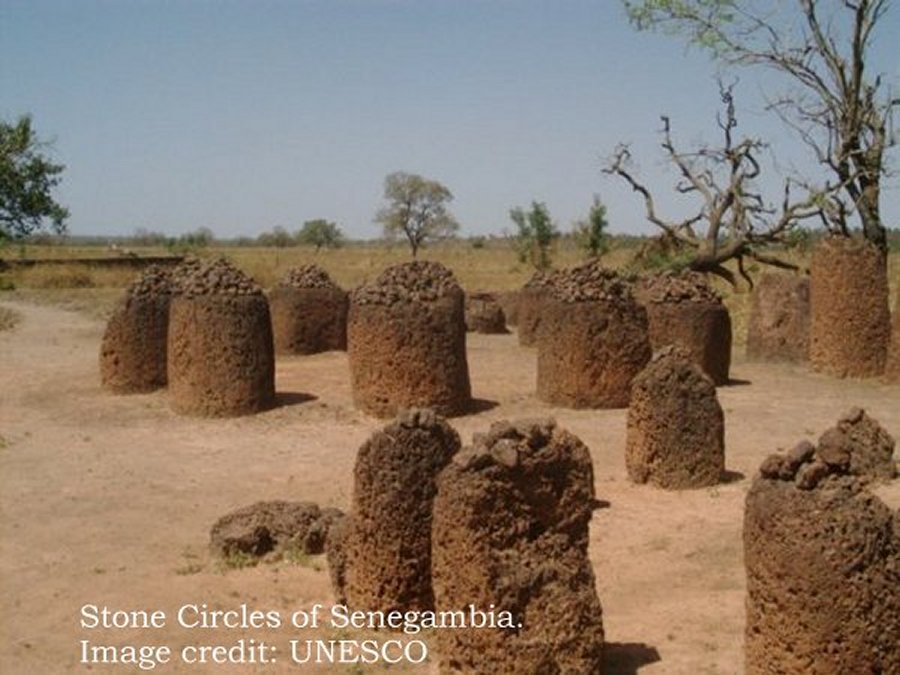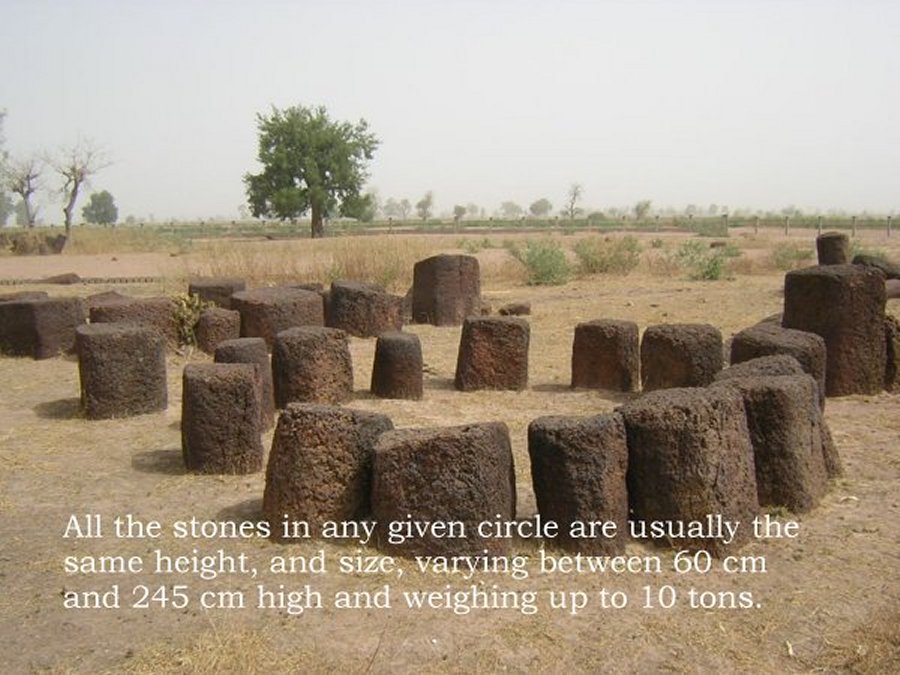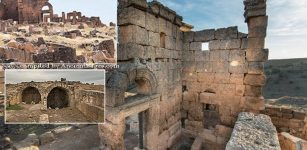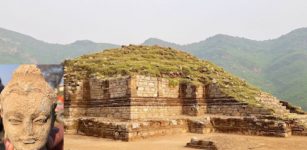African Stonehenge – Extraordinary Stone Circles Of Senegambia – Who Were Their Unknown Builders?
MessageToEagle.com – Not everyone is aware of that the extraordinary stone circles of Senegambia are the largest group of megalithic complexes yet recorded in any region of the world.
Most people have heard of Stonehenge in UK, but far from all are familiar with a large concentration of stones that are sometimes referred to as the African Stonehenge.
The stone circles and other megaliths found in Senegal and Gambia are divided into four large sites.
These include Sine Ngayene and Wanar in Senegal, and Wassu and Kerbatch in the Central River Region in Gambia.
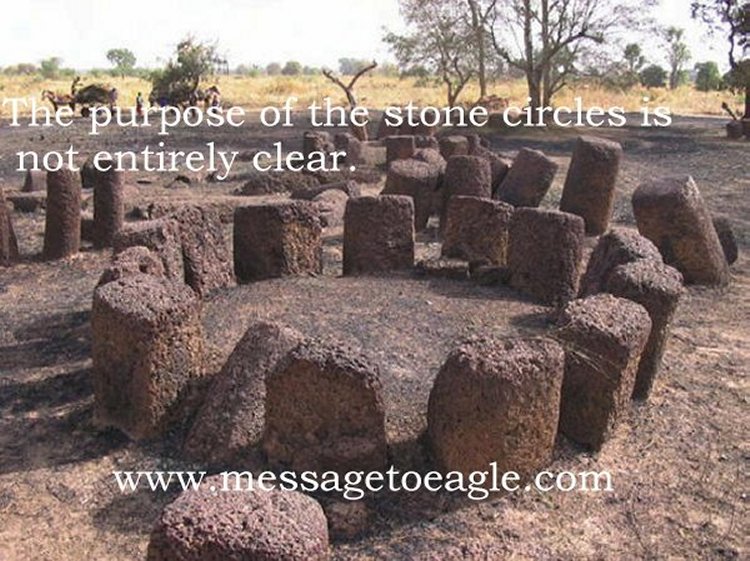
The four large groups of stone circles represent an astonishing concentration of over 1,000 monuments in a band 100 km wide along some 350 km of the River Gambia. It is a remarkable little known ancient site.
The four sites cover 93 stone circles and numerous burial mounds, some of which were recently excavated to reveal material that suggests dates between 3rd century BC and 16th century AD. Together the stone circles of laterite pillars and their associated burial mounds present a vast sacred landscape created over more than 1,500 years.
All the stones in any given circle are usually the same height, and size, varying between 60 cm and 245 cm high and weighing up to 10 tons.
The largest stones, located at N’Jai Kunda, may weigh at least 10 tons. The purpose of the stone circles is not entirely clear.
Although the stone circles have been the subject of research over the past 100 years, and several parts of the nominated site have been excavated, more could be elucidated about the megalithic zone as a whole.
According to UNESCO “material from excavations suggests that the burials took place mainly during the first and early second millennia AD.
However the relationship between the burial mounds and the stone circles has yet to be fully ascertained.
It is not clear whether the burials pre-date the circles, whether they are contemporary or whether perhaps the circles pre-date the burials.
Scientists do not know when monuments were built, but the generally accepted range is between the third century B.C. and the sixteenth century A.D. The true purpose of the stone circles and their builders are shrouded in mystery.
The truth is – the builders of the Senegambia stone circles are unknown.
MessageToEagle.com
source: UNESCO
National Geographic
Wikipedia

